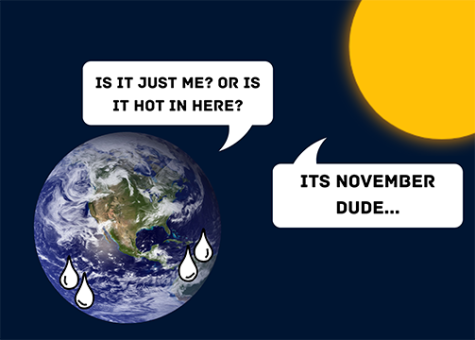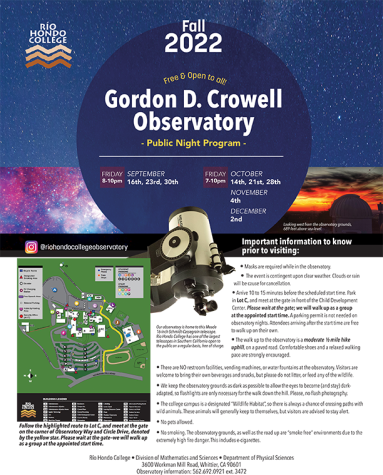Mega Comet the size of Rhode Island heading toward Earth
A “mega comet” with an estimated diameter of 80 miles wide, bigger than Rhode Island, is heading toward the direction Earth is in. For those who watched the Netflix film, “Don’t Look Up”, fear not, it is not as drastic.
Possibility of Danger
First discovered in 2010, NASA’s Hubble Space Telescope has recently helped researchers confirm the comet has the largest nucleus they have ever seen. Named C/2014 UN271, the comet has a nucleus 50 times larger than most comets. This behemoth has a mass estimated at 500 trillion tons. This is a hundred thousand more times than a normal comet. It is also traveling at 22,000 mph.
Most likely coming from the edge of the solar system, the mega comet actually will not get too close to Earth. The closest it will get is about 1 billion miles away from the Sun. That is about the same distance as Saturn. This close call also won’t happen until at least 2031.
Impeccable Foresight
Discovered by astronomers Pedro Bernardinelli and Gary Bernstein, they found the comet by looking through archival images. The images came from the Dark Energy Survey at the Cerro Tololo Inter-American Observatory in Chile.
The Hubble Space Telescope captured five images of C/2014 UN271 on January 8. These were the images that confirmed the giant size of its nucleus. Researchers then used a computer model to separate the solid nucleus from the enveloping space dust. They found the nucleus to be very dark. According to NASA, the temperatures on the comet are -348℉ (-193℃) and the nucleus is blacker than coal.
The large comet follows a three-million-year-long elliptical orbit. At the moment, the comet is two billion miles away from the Sun. NASA claims that the comet nucleus is the largest one they have ever seen. The previous record-holder was a comet with a nucleus estimated at 60 miles across. This comet is C/2002 VQ94 and was discovered by the Lincoln Near-Earth Asteroid Research (LINEAR) project.
Future Visitors
Researchers say C/2014 UN271 is the first of many that are alike and farther away from the Sun. They believe the comet most likely originated from the most distant region of our solar system. This region is known as the Oort Cloud. They believe trillions of comets can be found in this region. However, the Oort Cloud is still a theory.
The hypothesis came more than 70 years ago, from Dutch astronomer Jan Oort. The Oort Cloud is theorized to be a large spherical dome surrounding our solar system. The cloud consists of icy comets much like C/2014 UN271 and of all sizes alike. The Oort Cloud is thought to begin at 0.08 light-years away from the Sun and extend to about 0.8 light-years out. Trillions of comets are thought to be found there and the ones who make their way into the solar system are deemed long-period comets.
NASA still hopes to find out more about the Oort Cloud and believes researching the aforementioned comet will provide further information. Hopefully, through this research of a long-period comet, it won’t be too long until we know more about what lies above us.
A friendly face, a lover of basketball, wanna-be Head coach, future sports journalist: Jonathon Carmona. Currently attending Rio Hondo Community College,...







